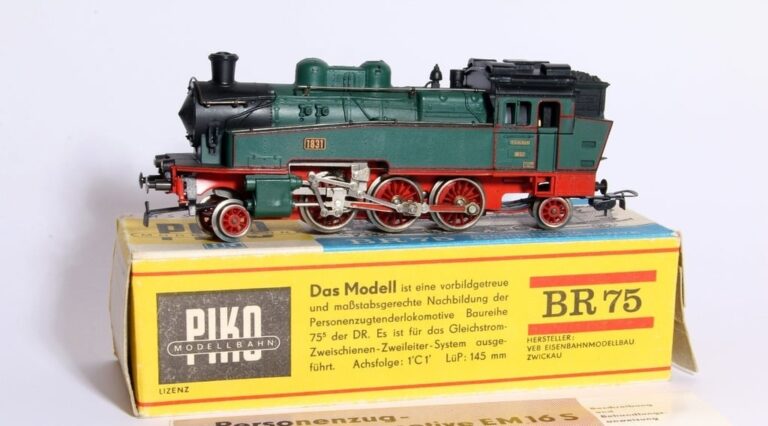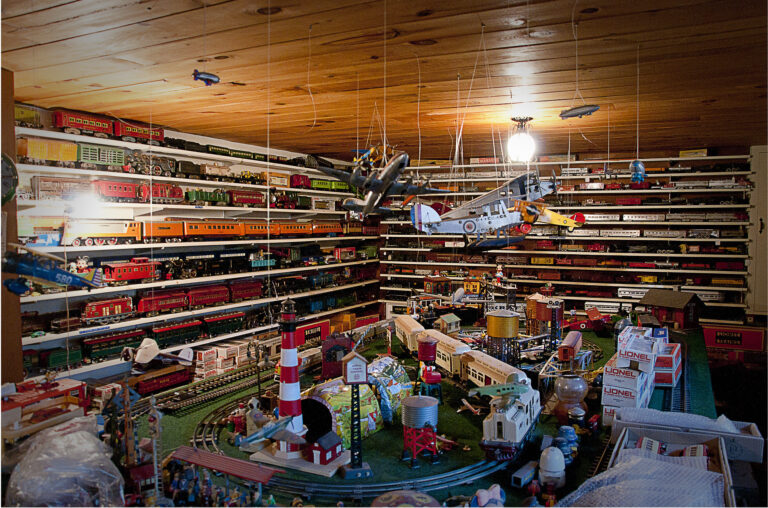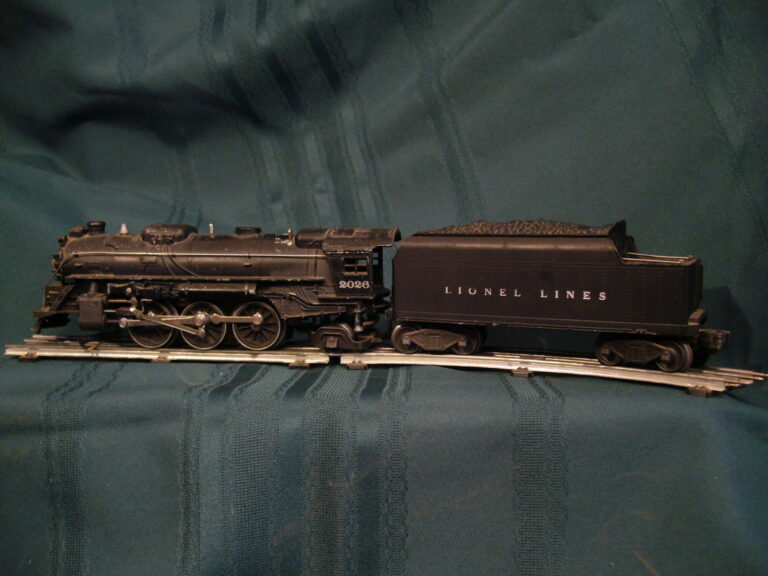Are Model Trains Worth Anything? A Collector’s Guide to Value
Are your model trains valuable? Learn what collectors look for and how to gauge the worth of your collection.
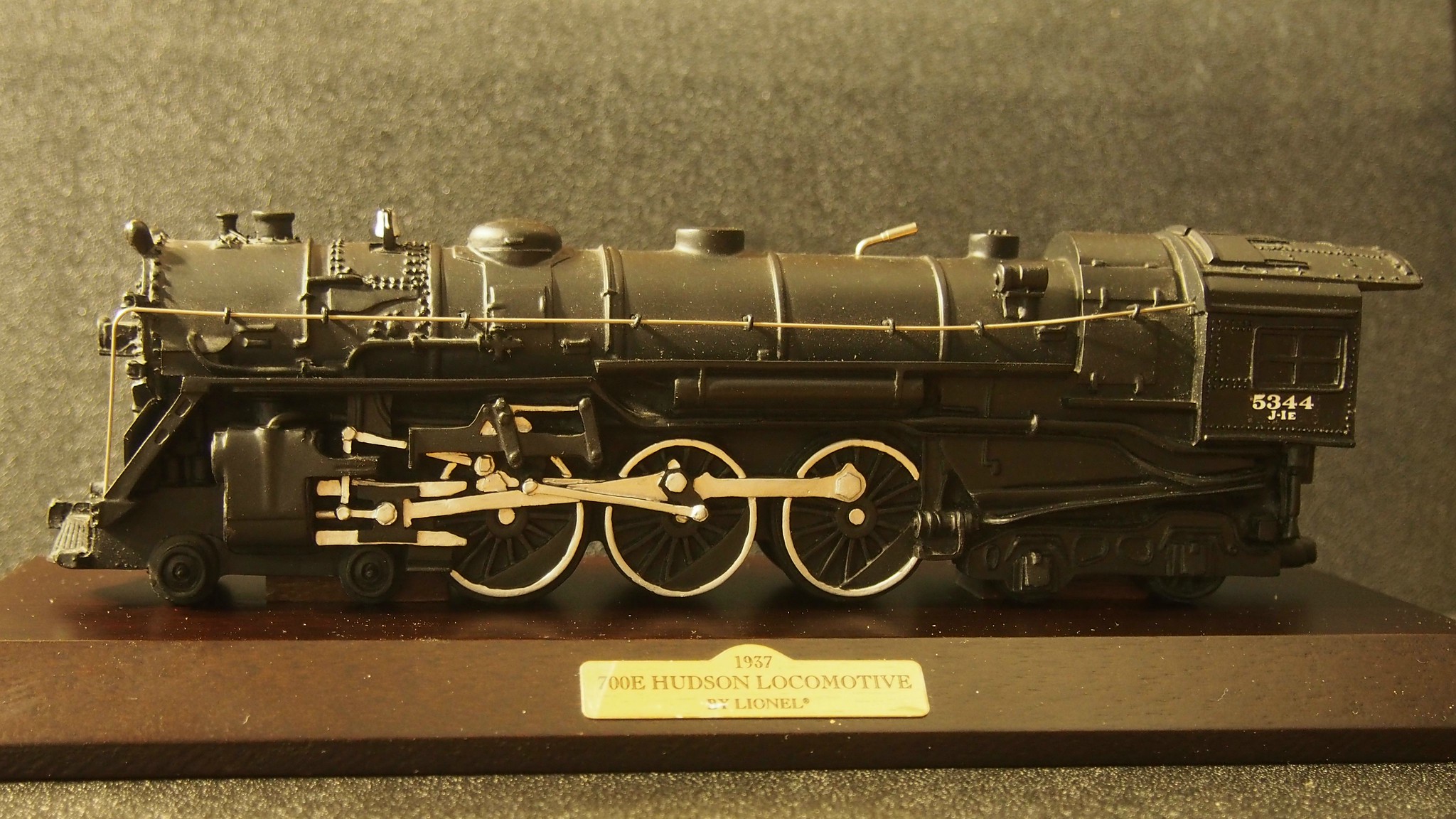
For many, model trains are more than a hobby—they’re a lifelong passion. But at some point, every collector wonders: Are these trains actually worth anything? Whether you’re sitting on a decades-old Lionel set or a shelf full of HO scale locomotives, the value of your collection depends on more than just age.
In this guide, we’ll cover what gives model trains value, what can hurt that value, how to assess your collection, and whether trains are a viable investment. We’ll also provide realistic pricing bands and direct you to deeper resources on selling your trains and researching model train brands.
What Makes a Model Train Valuable?
A model train’s worth is determined by a mix of brand reputation, rarity, scale, condition, and market demand. Let’s break these down.
1. Brand
Some brands consistently fetch higher prices due to their quality, reputation, and collector following. For example:
- Lionel is the most iconic American brand, especially valuable in O scale.
- Märklin, a German brand, holds value in the European market.
- Bachmann makes both affordable and premium lines, and some older items have become quite collectible. Learn more in The Legacy of Bachmann.
For a full breakdown of which names hold their value, see our guide to the Top 10 Model Train Brands Ranked by Hobbyists.
2. Rarity and Production Runs
Limited editions, special runs, and discontinued models are typically more valuable—especially if they were only made for a short period or in a specific region.
3. Scale
Some scales have a stronger resale market:
- O Scale: Tends to have higher value due to size and nostalgia, especially Lionel.
- HO Scale: Most popular scale, so there’s high supply but also high demand—prices vary widely.
- N Scale: Generally more niche but collectible if rare or in mint condition.
4. Condition
Condition has the greatest impact on pricing. The most commonly used grading system includes:
- Mint (M) – Unused, in original packaging.
- Excellent (EX) – Lightly used, no visible flaws.
- Very Good (VG) – Minor wear, runs well.
- Good (G) – Noticeable flaws, still functional.
- Fair/Poor (F/P) – Broken or heavily worn, often just for parts.
Original boxes, manuals, and inserts add value. Missing parts or repainting can significantly reduce it.
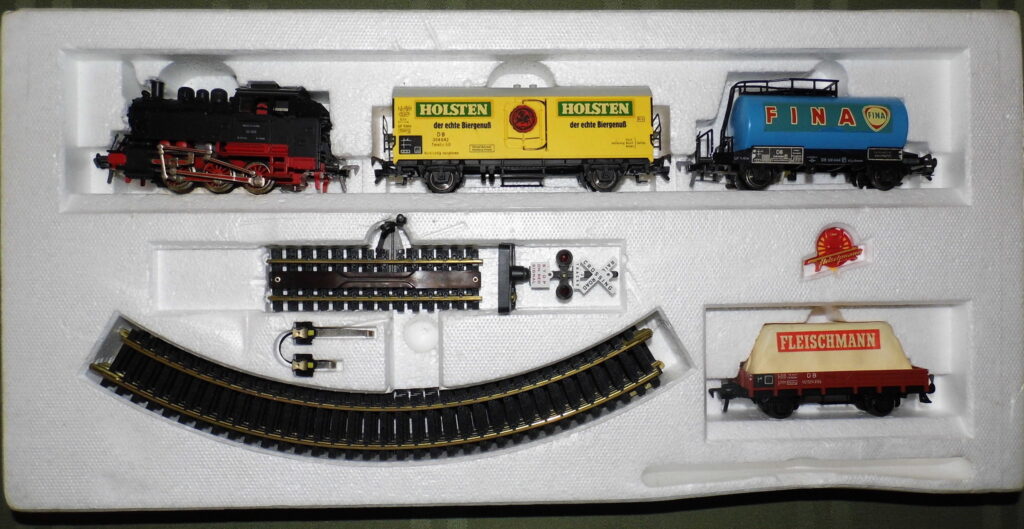
5. Set Completeness and Packaging
Complete sets in original boxes are always worth more than loose items. A Lionel postwar passenger set with the original box can sell for 2–3× more than the same set without it.
What Devalues a Model Train?
Several common factors can cause prices to plummet:
- Poor storage conditions: Rust, dust, and mold can destroy motors and exteriors.
- Missing or damaged parts: Non-functioning motors or snapped couplers reduce usability.
- Repaints or repairs: Even well-done custom work can hurt collector value.
- Lack of documentation: No manual or box often signals questionable provenance.
In short, if it doesn’t run, isn’t original, or looks beat up—it’s probably not worth much, even if it’s old.
General Value Ranges by Scale
Below are ballpark figures for typical eBay or train show pricing in the U.S. market, assuming the item is in Very Good (VG) condition or better:
| Scale | Common Price Range | High-End Potential |
|---|---|---|
| O Scale | $50–$300 per engine | $1,000+ for rare Lionel |
| HO Scale | $20–$150 per engine | $500+ for brass or rare roadnames |
| N Scale | $10–$100 per engine | $250+ for rare Japanese/German brands |
Keep in mind, freight cars typically sell for less than locomotives, and accessories (signals, buildings, etc.) are highly variable.
Are Model Trains a Good Investment?
The short answer: It depends.
Model trains can appreciate over time, especially rare sets from premium brands, but they are not a guaranteed investment vehicle. Most collectors lose money if buying at retail and selling later. However, if you’re savvy, you can:
- Buy large collections cheaply and part them out.
- Focus on mint boxed sets and vintage items.
- Follow collector forums and auction sites to spot trends.
That said, trains should be collected primarily for enjoyment. If you’re aiming for ROI, you’d do better in stocks or rare coins.
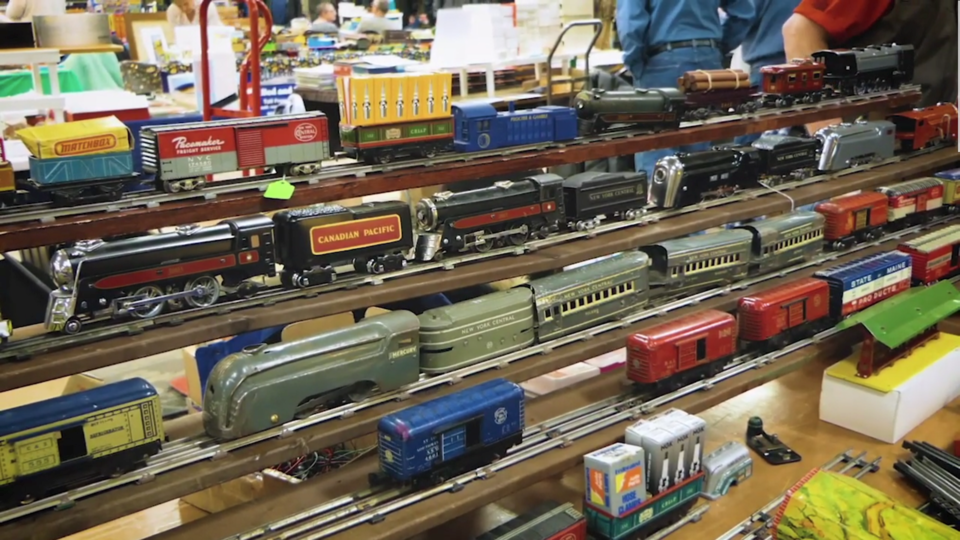
Where to Research Values
To estimate what your trains are worth:
- eBay “Sold Listings”: The most accessible way to gauge actual market prices.
- Trainz.com Price Guide: A large database of retail and resale values.
- Greenberg’s Price Guides: Printed catalogs for Lionel, American Flyer, etc.
- Facebook Groups & Forums: Communities like Model Train Marketplace offer real-time feedback.
If you’re preparing to sell, check out How to Sell Model Trains (and Actually Make Money Doing It).
Catalogs vs. Reality
Don’t confuse old catalogs with actual pricing. Catalog prices reflect MSRP at time of sale, not current value. A 1955 Lionel catalog might show a steam engine for $29.95—but that same engine today could be worth $400… or $40, depending on condition and completeness.
Final Thoughts
Model trains can be worth something—sometimes a lot—but only under the right conditions. Age alone doesn’t guarantee value. Focus on condition, completeness, brand, and market demand.
If you’re looking to cash in, or just curious about what’s on your shelf, use the tools and guides above to research, verify, and sell smart. Start with the high-ticket items (boxed locomotives from major brands), and work your way down.
Want to learn what makes specific trains desirable? Browse our deep dives into iconic brands like Lionel and Bachmann, or check out curiosities like Yugoslavian trains to uncover hidden gems.


